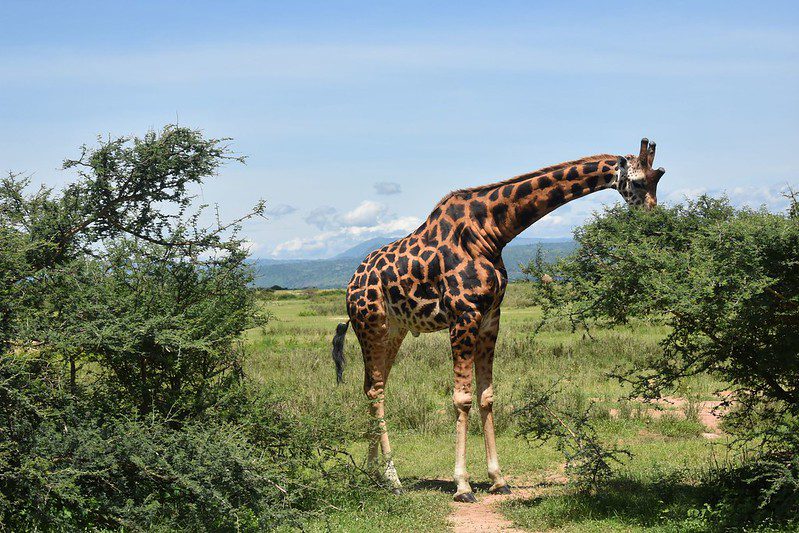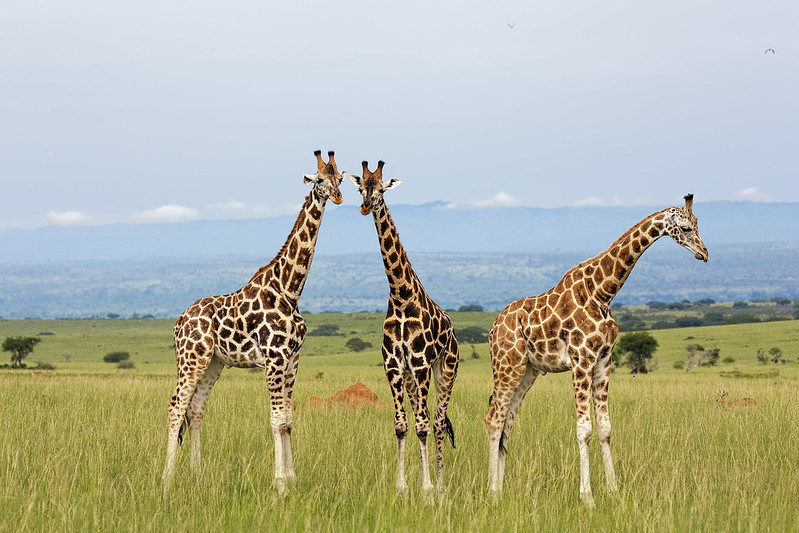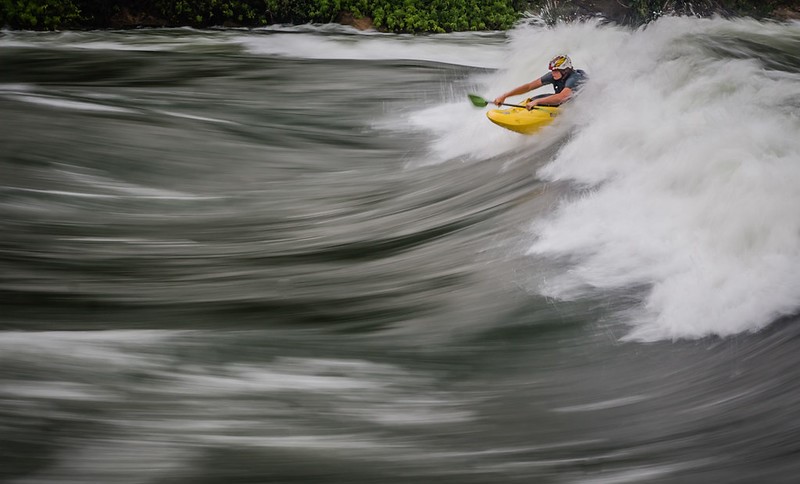When is the best time to visit Uganda? Uganda is a rapidly rising African tourist safari destination that is gaining major attention from the leisure travel industry. Uganda possesses resources that no other country on the planet can match, including a magnificent heritage that is yet primitive, untamed, and widely accessible. This heritage includes not just mountain gorillas, chimpanzees, the big five game, several bird species, and other wildlife. Other amazing living types, as well as meeting the humble, modest, and kind locals. It is a great collection of animals, the spectacle, the main appeal for Uganda safari tours, and everything happening on broad plains, mountains, and woods, and it is fair to be anxious about the optimum time to explore this wonderful heritage.
Uganda is a member of the East African Community (EAC), which includes pioneer safari destinations such as Kenya, Tanzania, and fast-growing Rwanda. All of these locations have very identical weather patterns, but as you travel west into higher elevations, the weather becomes colder and wetter in the highlands. You may choose the optimal time for your Uganda visit by carefully examining the weather patterns, the elevations of your chosen places, and the activities that will keep you occupied.
According to the weather and climate
Uganda, like Kenya, the Democratic Republic of the Congo, and several other nations, straddles the equator, resulting in a modest yearly temperature variation. In Kampala and its surroundings, the hottest average temperature seldom reaches 29° Celsius (84° Fahrenheit).
However, as you travel north, the warmest daytime temperatures range between 24-33° Celsius (52-91° Fahrenheit), with maximums reaching 40° Celsius (104° Fahrenheit) in the far north at Kidepo National Park. This is most common in January and February. The tropical climate of Uganda is divided into two seasons: dry and rainy.
Northern Uganda has a dry season from December to February and a wet season from March to November. This time span includes the national parks of Murchison Falls, Ziwa Rhino Sanctuary, Kidepo National Park, and Pian Upe Game Reserve.
The southwestern area, which is sandwiched between the Rwenzori Mountains, the Virunga Massif, and the huge Lake Victoria, has two wet seasons. The first season goes from mid-September to November, and the second from March to May. But keep in mind that it might rain at any time of day if you visit this area.
The dry season lasts from June to August and from December to February.
During the dry season in Uganda, average temperatures range from 16° Celsius (61° Fahrenheit) in the morning to 27° Celsius (81° Fahrenheit) in the afternoon. It gets exceedingly cold at 1,300 m (4,265 ft) in higher altitudes, such as where the gorillas are found.
July, August, and June
Although June and July are the driest months in the southwestern region, expect some rain because the area is primarily covered by rainforests. In contrast to the southwest, these months are part of the northern wet season. However, if you travel further north, to Pian Upe Nature Reserve or Kidepo Valley, the terrain is semi-arid and can experience droughts during this time of year.
The months of December, January, and February
In December, January, and February, much of the southwest area receives somewhat higher rainfall than in June and July. The north, on the other hand, is visibly dry, with little or no rain.
During the two dry seasons, December to January and June to August are the finest times to explore Uganda on safari. The dry season is the best time to go gorilla trekking in Uganda since the forest floors are less moist, the routes are accessible, and you won’t be drenched in the severe downpours. However, because you’re trekking in a jungle, it’s preferable if you don’t rule out rain.
The dry season is also the best time to explore Uganda’s wildlife savannah reserves since the skies are clear, there is less rain and more sunshine, and there is less vegetation. The water holes operate as an animal magnet, and animals congregate near major water sources, making wildlife more visible. It’s also the finest time to go on a boat safari on the Kazinga Channel in Queen Elizabeth National Park and the Victoria Nile in Murchison Falls National Park.
The two dry seasons of June to September and December to January are normally the busiest travel seasons in Uganda. Unlike Kenya and Tanzania, Uganda’s savannah parks are less popular during this time of year, and you may practically discreetly enjoy large savannah plains to yourself.
Because the two dry seasons are the finest times to encounter mountain gorillas in Uganda, gorilla trekking permits have become limited. To minimize disappointment, we recommend that hikers schedule the gorilla permit at least 4-12 months in advance.
When should you reserve your gorilla permit?
The gorilla permit costs USD 700 per person, and only eight people are allowed to see each gorilla group. Uganda has 20 gorilla families accessible for tourism and two more for habituation. As a result, Uganda only issues 160 gorilla licenses and 8 habituation permits every day. That’s a small quantity for an activity that generates a lot of buzz, small enough to make you want to reserve your permit months ahead of time.
March to May and September to November are the rainy seasons.
During the wet season in Uganda, average temperatures range from 16° Celsius (61° Fahrenheit) in the morning to 28° Celsius (82° Fahrenheit) in the afternoon. It gets cool in the Gorilla Mountains at higher elevations and milder in the north. The wet season in Uganda lasts from March to May and from September to November.
April, March, and May
The rainy season, which lasts from March to May, brings more rain to the country, with the southern area receiving the most in April.
March to May is not the greatest time to visit Uganda since rain can make certain treks difficult to navigate. However, it does not rain all of the time, and some days enjoy pleasant sunshine as well.
September, October, and November are the months when
These months are usually referred to as the months of brief showers, and they are analogous to March, April, and May, but there is somewhat less rain on average.
During the Wet season, Uganda is in low season (off-peak). Because there is less traffic, hotels, camps, and resorts charge lower prices. If you don’t mind a daily deluge and want to travel on a budget, this is the best time to visit Uganda.
The Pearl of Africa is most lovely during the wet seasons. In general, verdant foliage brightens the entire nation, highlighting the most outstanding geographical characteristics. In the southwest of the nation, the highlands display lovely emerald foliage, and the moon-like Rwenzori mountains adorn the western and southern boundaries. Photography is at its best in the afternoons, especially when the sun shines.
During the wet seasons, vegetation overgrows and animals disperse like small dots on a map across the savannah plains. Despite the fact that wildlife in the Savannah reserves is more difficult to locate during the rainy season, you’ll still see lots of newborns and experience gut-wrenching thrills as ravenous predators struggle with cautious moms or seize the vulnerable young.
Some roads deteriorate rapidly, bridges are swept away by strong rains, and automobiles frequently become stuck, particularly in the gorilla highlands where roads are not yet built with asphalt. The jungle pathways become wet, slippery, and difficult to navigate.
For those looking for a practical experience, November is the best season to go gorilla trekking in Uganda because the mountain gorillas don’t forage too far from the trailheads. The gorillas can readily obtain food and choose to stay at lower elevations to avoid frigid weather. In other words, discounting the possibility of rain, gorilla trekking is simpler in November.



